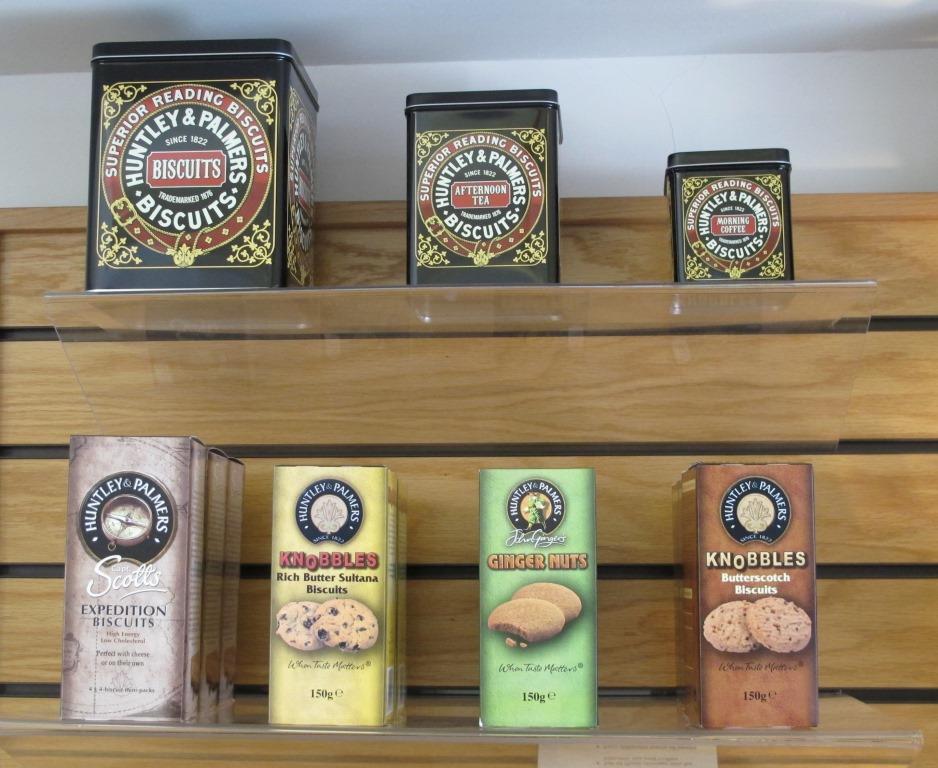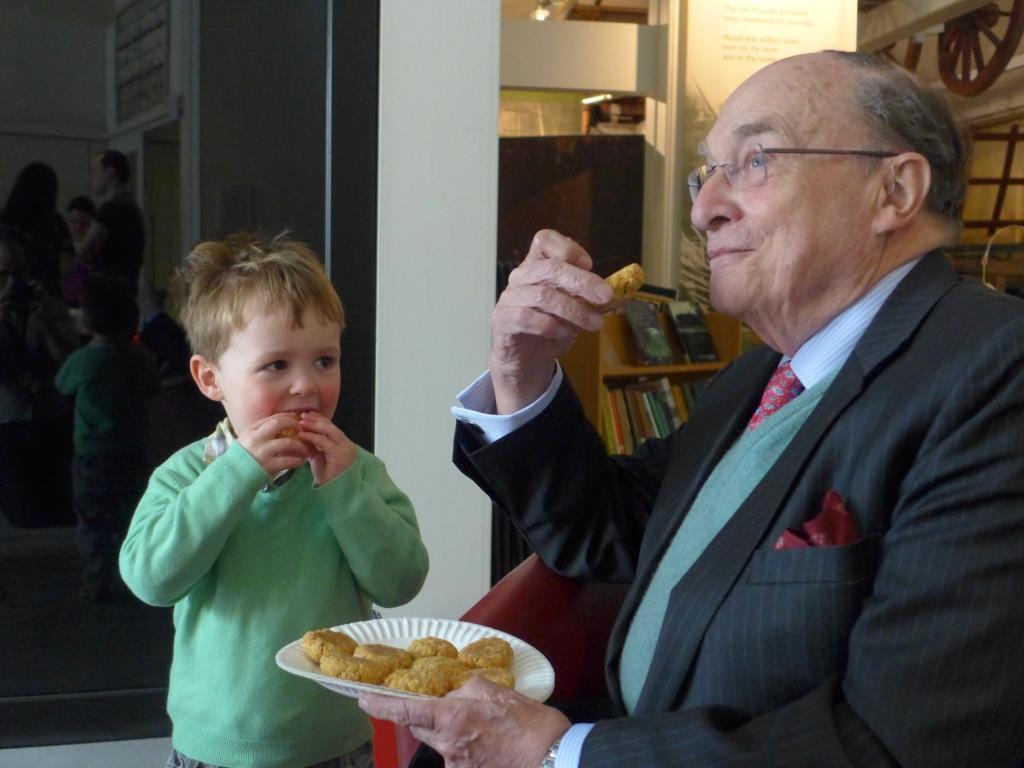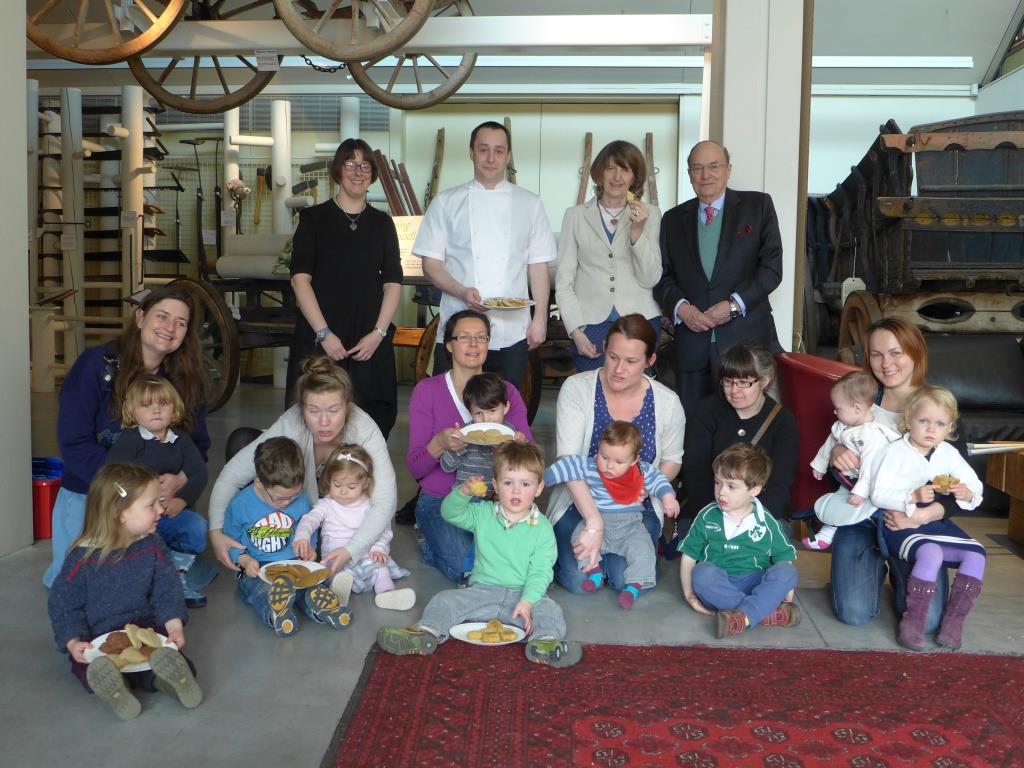Claire Smith, Visitor Services Assistant, looks at MERL’s links with biscuit company, Huntley & Palmers, and the development of new related products for the MERL shop
MERL has very strong links with Huntley & Palmers. Not only do we look after their archives, we’re based in Alfred Palmer’s former home!
The University of Reading Special Collections Services and the Museum of English Rural Life are housed in a Grade II listed building, which was originally known as East Thorpe, the home of Sir Alfred Palmer of the Huntley and Palmers biscuit company.
East Thorpe was designed and built by the architect Alfred Waterhouse between 1880–1882. Many original aspects remain, such as the beautiful stained glass in the Staircase Hall and Reading Room.
 The building was given to the University in 1911, when it became St Andrew’s Hall. MERL has been based here since 2005. More information is available in the online exhibition on our website .
The building was given to the University in 1911, when it became St Andrew’s Hall. MERL has been based here since 2005. More information is available in the online exhibition on our website .
The records of Huntley & Palmers cover the period 1837-1995, the collections consists of documentary materials from all areas of the business, including financial records, correspondence, sales records, promotional material, production records, packaging designs and specimens, photographs, published material and audio visual items. The recipes in the archives inspired our Biscuit Bake-off competition launched earlier this year. The archives are accessible to the public, via the Special Collections reading room.
Some of the artwork for the Huntley & Palmers packaging is absolutely beautiful and it is such a shame that it is hidden in the archives stores. Last year we were delighted to be able to use some of the stunning images to create items which we now stock in the MERL shop, such as notecards, invitations, mirrors and wrapping paper. Read more in a previous post Some of these are now available in the MERL online store
We have recently extended the Huntley & Palmers range to include striking biscuit tins, also based on original designs. We also have packets of biscuits currently made by the company, now based in Suffolk, some of which are based on century-old recipes.
We are currently working with Reading Museum on an Arts Council funded project entitled Reading Engaged, part of which will focus on new products for both museums’ shops. Huntley & Palmers seemed like a natural place to start, as both the University of Reading’s Special Collections and Reading Museum have such extensive collections. We will also be investigating other shared ground, for example our Waterhouse-designed buildings, and other local companies such as Suttons Seeds. The aim of the retail-focussed part of the project is to pool our resources to develop new bespoke product ranges which compliment both museums.









